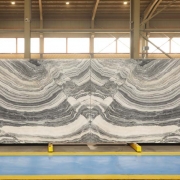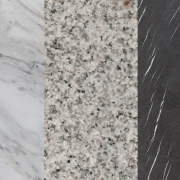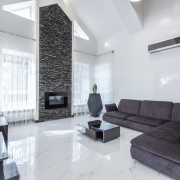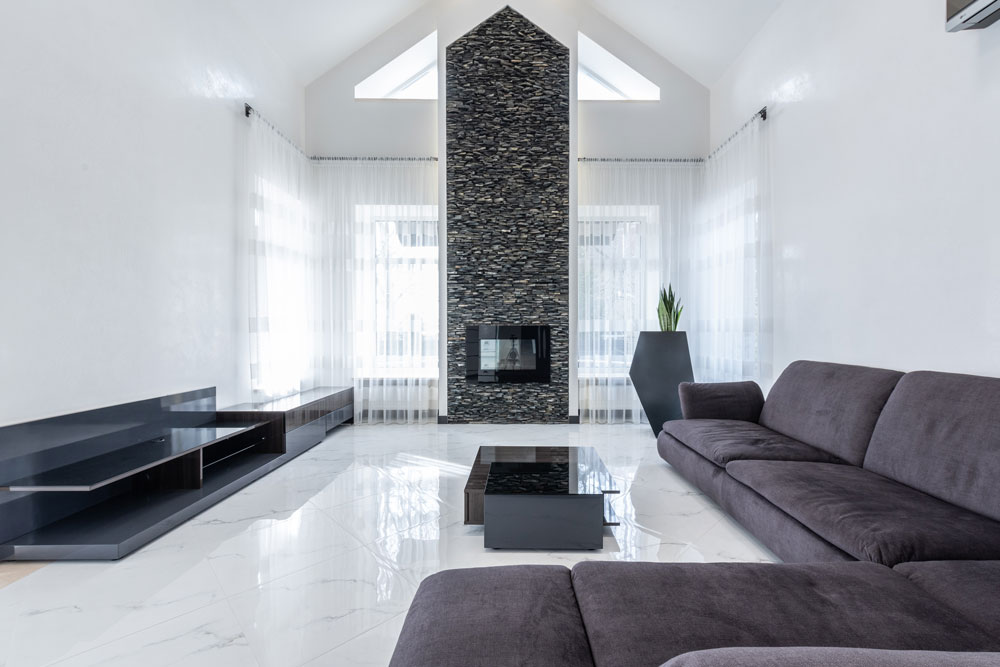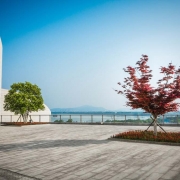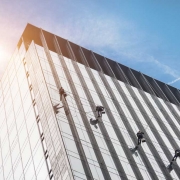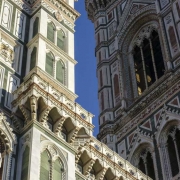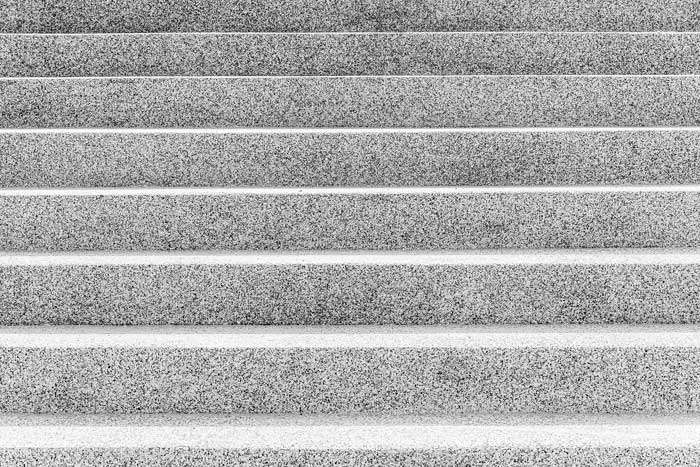Bookmatch and Fourmatch slabs
If we want to have a brief definition of bookmatch and fourmatch stones, we can say that this is a kind of stone processing which operates on slab stones with special patterns. Bookmatch and Fourmatch names are because of the shapes created by these slab stones. In bookmatch forms, two slabs with similar designs are placed next to each other, and these two stones are placed next to each other horizontally or vertically and installed in the different places. The line between these two slab stones actually plays the role of the axis between them. Also, the same thing happens in Fourmatch stones but instead of two stones, four slab stones are used. By placing these 4 slabs together, a beautiful pattern creates.
The process of bookmatch and fourmatch stones
The initial stage of processing this sample of stones begins with their extraction from the mines. To extract bookmatch and fourmatch stones, the patterns in a block stone must be completed. After sending the block stones to the factories, they will cut into sheets with a thickness of 2 or 3 cm called slab stones. In continue, these slabs should be polished in parallel with each other to create a bookmatch design.
The use of bookmatch and fourmatch stones
Bookmatch and fourmatch stones are used in different parts of the buildings. Using the bookmatch and fourmatch stones in the interior or exterior design of the buildings can increase the beauty and uniqueness of the place they are used in. In addition, it’s better to use them in large spaces, because there is more possibility to show the unique beauty of these stones. So, the following uses can be mentioned for these stones:
- Lobby wall of luxury buildings
- Paving of the reception hall in the hotels
- Stone walls of stairs in certain buildings
- TV rooms
- Construction of decorative spaces
- Facade of the luxury buildings
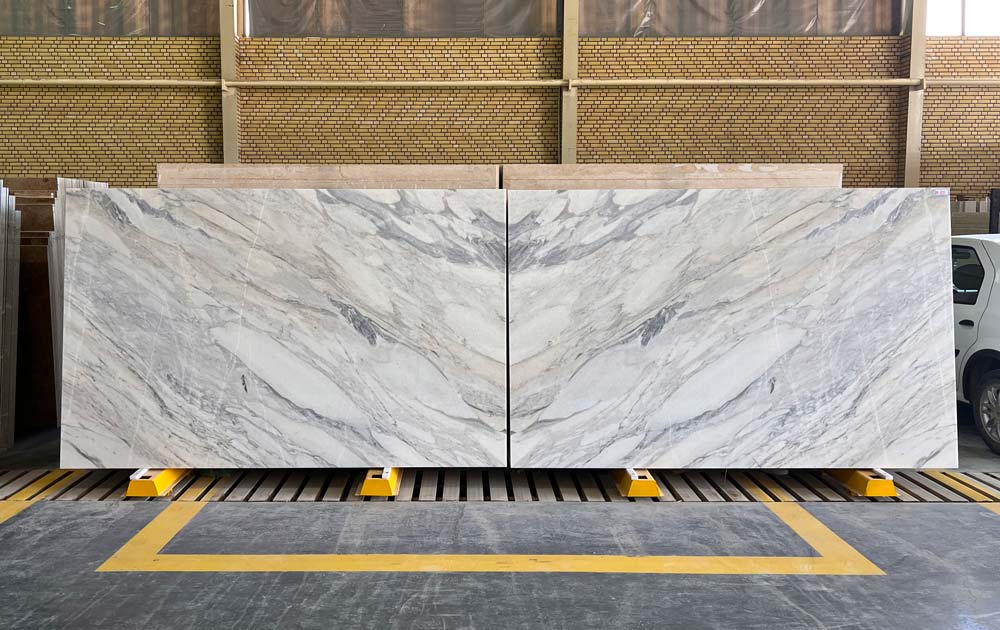
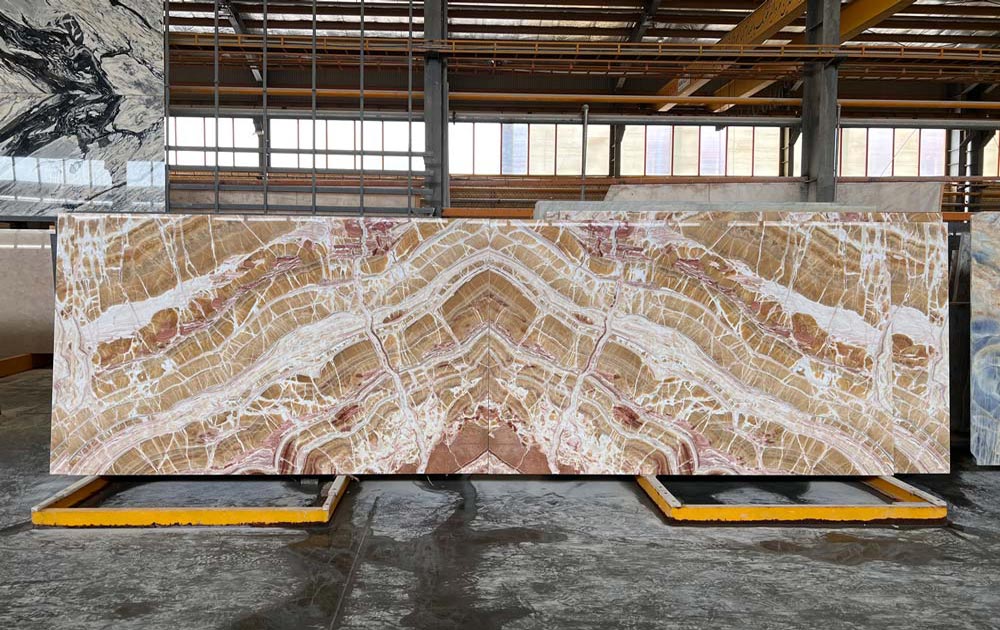
Stones with bookmatch and fourmatch design
This type of stone processing can be used in all types of high-quality building stones. Also, one of the main conditions of this processing is the existence of designs and patterns on the surface of the stone. So, stones that have a uniform and simple surface won’t be a suitable option for this process. Among the stones that have this ability, we can mention marble, granite, travertine, crystal and onyx stones if they have pattern and design.
The advantages of bookmatch and fourmatch slabs
Stone processing in the form of slabs has many advantages. This method is very eye-catching compared to the old methods and it can also increase the lifespan of the stone. In this method of stone cutting, unique stones can be created by using modern cutting machines and materials. In general, the advantages of slab stones include the following items:
- Greater strength and beauty
- Low production waste
- Ease of transportation
- High diversity
- Ease of selection
- Lighting capability
- High quality
The price of bookmatch and fourmatch slabs
As you know, slab stones are more expensive than tile stones. And, the reason is the higher cost of processing of this type of stone. The next reason is that the sizes of slabs are bigger than tile stones, so they have higher prices. So, due to the relatively high prices of these stones, they are usually used in luxury buildings in a limited and decorative way, which is affordable.


